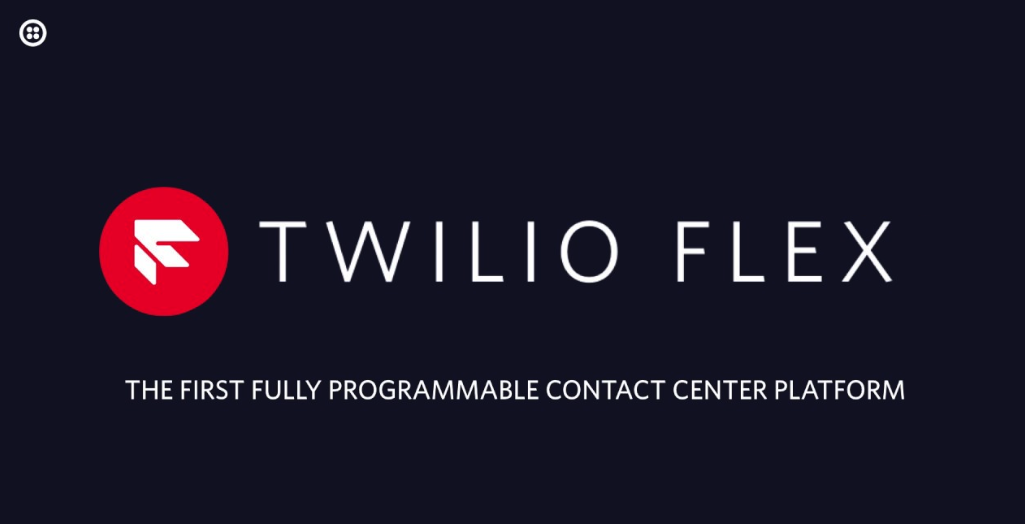Disruption Triggers Defense - How Twilio Flex is Shaking Up the Contact Center Landscape
Time to read: 2 minutes

Listening to the main stage panel of contact center leaders at Enterprise Connect 2019, I was reminded of the market reaction when Apple launched the iPhone in 2007. Then, like now, incumbent vendors representing the status quo bristled at the introduction of a disruptive force.
In 2007, some mobile device industry veterans questioned the potential of the iPhone. They questioned consumers’ willingness to pay $500 for a cellphone--and its ability to garner more than 2 or 3% of the market. Of course, history speaks for itself and reveals that they missed, or chose to ignore, the transformative potential of the disruption.
Today, Twilio is disrupting the communications industry with a fully programmable contact center platform called Flex. This platform allows customers unparalleled flexibility to design, create and manage a contact center tailored to their unique business model.
So it felt like deja vu all over again when several panelists on stage at Enterprise Connect spoke of Twilio’s contact center addressable market as niche. When you represent the status quo, you fear disruptive forces.
The Twilio Approach
Twilio’s perspective is that one-size-fits-all models no longer work for communications technology. Do you know any two businesses that are exactly the same? How can they differentiate their approach to customer service if forced to use the same packaged software that’s available to everyone else?
Twilio’s platform approach allows line of business owners and web developers to collaborate and create new and different ways to interact with their unique customer base. If a customer base is largely international, for example, WhatsApp can be offered as an inbound channel. Or, if a company stores customer data across multiple applications, Flex can compile only the most relevant fields into a single agent desktop for maximum efficiency. Lyft opted for this latter approach.
Disruption triggers defense
And I have to address the defensive stance of many on the panel that companies would not want to, or are incapable of, building a contact center themselves. First, programming Flex is optional and not mandatory to get started. You can spin up a new instance, for free, right now. Second, Flex requires a fraction of the headcount to deploy compared to a premise-based product. Third, partners can do all the set up and programming if a customer so chooses.
The New Legacy
The Twilio Flex application platform has thrust even ‘modern’ cloud contact centers into the legacy category. While they do enable low risk trialing of new features, they limit ability to integrate channels or apps that aren’t natively supported. And premise-based solutions remain customizable, but only with long lead times and expensive professional services engagements. It’s no wonder that the 5 year CAGR of premise-based contact centers points downward.
History will be the judge, but don’t be surprised by the continued acceleration of this disruptive force in the contact center market today. More and more businesses are discovering the high cost of compromise with pre-packaged software--and the limitless potential of an application platform approach.
Tim Richter is Senior Product Marketing Manager for Twilio Flex. He has 15 years of experience in the communications industry in product management and product marketing roles. He has a wife and two daughters and wishes he could spend more time sailing on San Francisco Bay. You can reach him at trichter [at] twilio.com.
Related Posts
Related Resources
Twilio Docs
From APIs to SDKs to sample apps
API reference documentation, SDKs, helper libraries, quickstarts, and tutorials for your language and platform.
Resource Center
The latest ebooks, industry reports, and webinars
Learn from customer engagement experts to improve your own communication.
Ahoy
Twilio's developer community hub
Best practices, code samples, and inspiration to build communications and digital engagement experiences.

